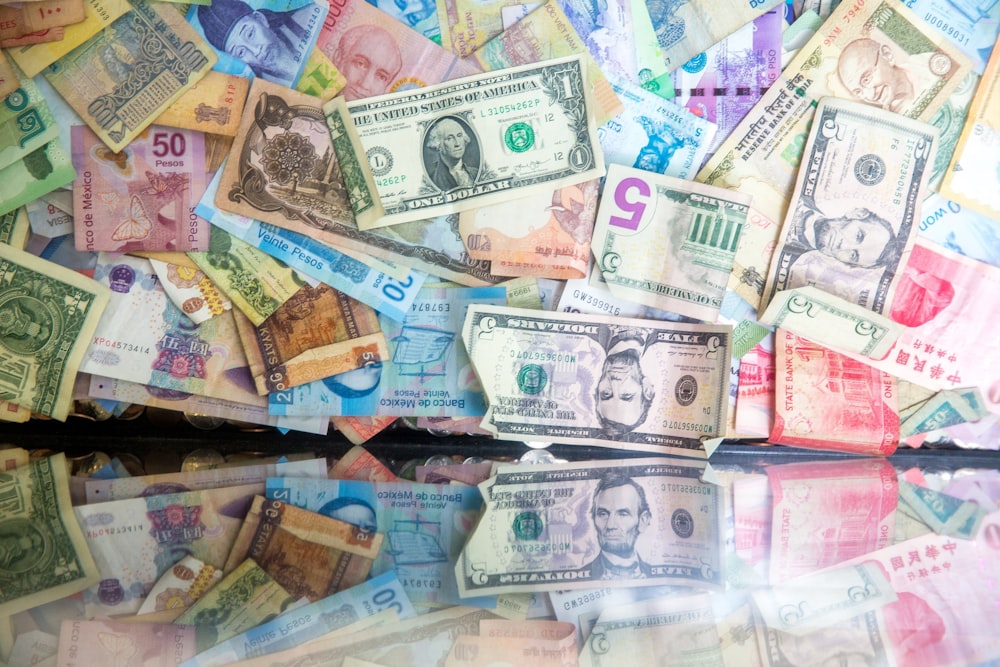

The Australian Dollar (AUD) remains steady against the stable US Dollar (USD) following the Retail Sales report on Friday, which showed no growth month-on-month in July, falling short of the anticipated 0.3% and the previous 0.5% increase. However, stronger-than-expected US Gross Domestic Product (GDP) data for the second quarter released on Thursday has put pressure on the AUD/USD pair.The AUD/USD pair could see further gains as July’s higher-than-expected Monthly Consumer Price Index (CPI) has bolstered expectations that the Reserve Bank of Australia (RBA) may adopt a more hawkish policy stance. Recent RBA Minutes also showed that board members agreed that a rate cut would be unlikely soon.The US Dollar found support from better-than-expected economic data, but dovish comments from Federal Reserve officials could limit its gains. On Thursday, Atlanta Fed President Raphael Bostic suggested it might be “time to move” on rate cuts as inflation continues to cool and the unemployment rate rises more than anticipated, per Reuters.According to the CME FedWatch Tool, markets are fully anticipating at least a 25 basis point (bps) rate cut by the Fed at its September meeting. Investors will be paying close attention to Friday’s release of the US Personal Consumption Expenditure (PCE) Price Index for July, seeking clues about the future direction of US interest rates.
Daily Digest Market Movers: Australian Dollar inches higher following Retail Sales data
Technical Analysis: Australian Dollar holds position near 0.6800
The Australian Dollar trades around 0.6790 on Friday. Analyzing the daily chart, the AUD/USD pair appears to be testing the lower boundary of its ascending channel, indicating a potential reinforcement of the bullish bias. However, the 14-day Relative Strength Index (RSI) remains just below the 70 mark, which continues to support the ongoing bullish trend.Regarding resistance, the AUD/USD pair is testing the immediate barrier at the lower boundary of the ascending channel, near the seven-month high of 0.6798. A break above this level could open the path for the pair to target the region around the upper boundary of the ascending channel, near the 0.6920 level.On the downside, the AUD/USD pair may find support near the nine-day Exponential Moving Average (EMA) at the 0.6761 level. A drop below this EMA could weaken the bullish bias and exert downward pressure, potentially leading the pair to test the throwback level at 0.6575, followed by a lower variant at 0.6470.
AUD/USD: Daily Chart

Australian Dollar PRICE Today
The table below shows the percentage change of Australian Dollar (AUD) against listed major currencies today. Australian Dollar was the strongest against the Euro. More By This Author:USD/CAD Remains Below 1.3500 Due To Higher Oil Prices EUR/GBP Remains Above 0.8450, Potentially Reinforced By German Data USD/CHF Holds Mild Losses Near 0.8500, Eyes On Fed’s Powell At Jackson Hole Symposium
More By This Author:USD/CAD Remains Below 1.3500 Due To Higher Oil Prices EUR/GBP Remains Above 0.8450, Potentially Reinforced By German Data USD/CHF Holds Mild Losses Near 0.8500, Eyes On Fed’s Powell At Jackson Hole Symposium
















